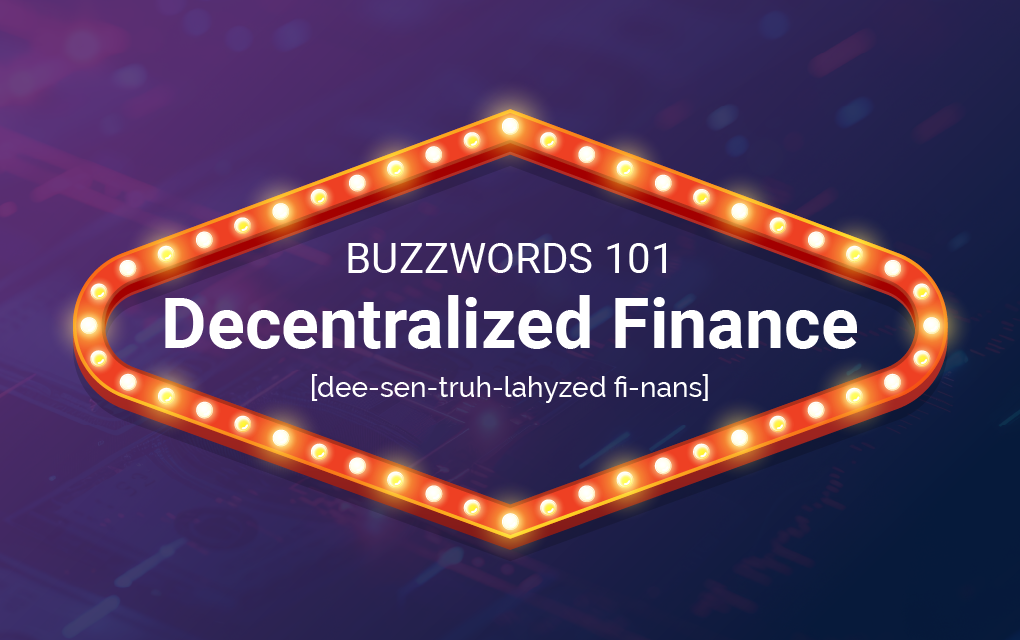Buzzwords 101: Banking as a Service
This may seem like a simple enough definition. However, within its confines lies two completely opposite business models. Exactly how you describe BaaS beyond this definition depends on who is supplying the digital services and who is deploying those digital services. Confused yet. Don’t worry. That’s why we’re here.
In one version of BaaS, there’s a financial institution – maybe your financial institution – that wants to offer some modern banking service not currently supported by the FI’s core. So the FI goes shopping and finds a fintech that can provide this service and integrate it seamlessly into the FI’s current product suite via a BaaS model.
Right now, you may be wondering how this differs from the third-party integrations that community FIs have been struggling with for decades. In concept, there is no difference. However, what makes BaaS so compelling is that, done right, a BaaS product is a much lighter lift for your IT department. BaaS products may not exactly be plug-and-play, but they’re pretty close.

In the other version of BaaS, there’s a fintech that wants to offer some sort of regulated financial service, but unfortunately (for them, but fortunately for you) lacks the necessary chartering and licensing. So the fintech goes shopping for a financial institution – maybe your financial institution – that’s willing to let the fintech leverage the FI’s charter and banking capabilities to fulfill the fintech’s need.
Of course, this model of BaaS inevitably leads to a discussion of embedded finance, which is a topic for another blog post. The important thing to remember here is that BaaS is a two-way street. You can use it to extend the services you offer, or you can use it to help a fintech extend the services they offer.




